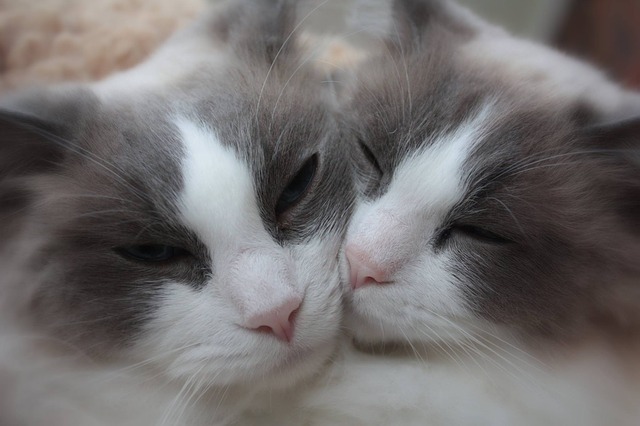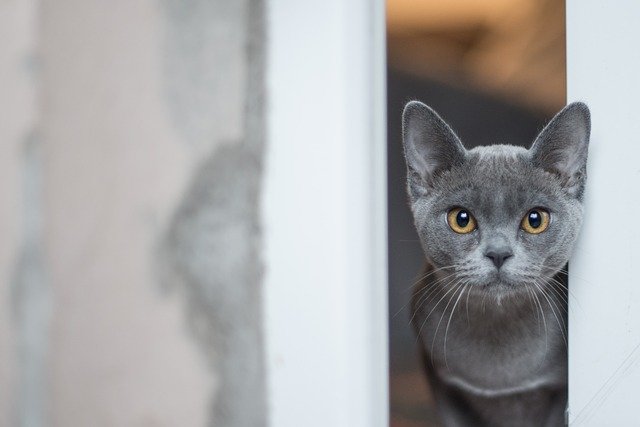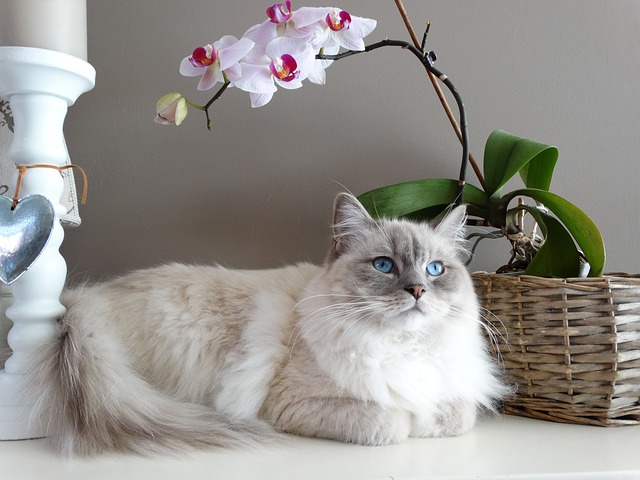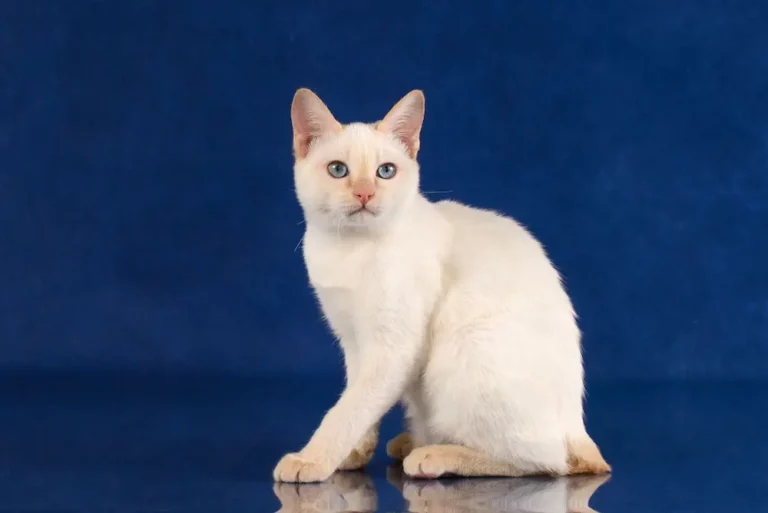How Old Do Calico Cats Live?
Calico cats are widely known for their unique and beautiful coat pattern, but have you ever wondered about their lifespan?Â
These feline beauties can live anywhere from 12 to 16 years on average, but with proper care and attention, some have been known to live into their early 20s.Â
As with any
How long do cats live? – Calico Females
Female calico cats are known for their unique and vibrant coat patterns, making them stand out among other feline species. These cats are pretty resilient and can live anywhere from 12 to 16 years on average.Â
However, with proper care and attention, some female calicos have been known to live even longer into their early 20s. To ensure a long and healthy life for your female calico
A nutritious diet with high-quality proteins and essential nutrients can keep your
Finally, routine veterinary care, including regular check-ups and vaccinations, can help detect and prevent potential complications and allow your
How long do cats live? – Calico males
It is a common misconception that calico cats are exclusively female.
While it is true that the majority of calico cats are female due to the genetic makeup of their coat pattern, male calicos do exist. However, male calicos are rare and occur only in about 1 in 3,000 calico births.Â
Because of their rarity, not much is known about the average lifespan of male calico cats. There is no definitive data on the average lifespan of male calicos, but it is safe to assume they have a similar lifespan to their female counterparts.Â
As with any
Factors that affect the life span of calico cats
There are a few factors that can affect the lifespan of calico cats. One of the most critical factors is genetics.Â
As mentioned earlier, the genetic makeup of a calico’s coat pattern can influence whether the
For example, some calico cats may be prone to developing specific health issues such as kidney disease or cancer. Another aspect that can affect the lifespan of calico cats is their environment.Â
Calico cats that are kept indoors and have limited exposure to outdoor hazards such as predators, traffic, and disease are likely to live longer than those allowed to freely roam outside the house.
Additionally, providing a safe and comfortable living space, regular exercise, and a good, clean diet can all contribute to a longer and healthier life for calico cats.Â
Access to routine veterinary care is also an essential factor in determining the lifespan of calico cats. Regular check-ups and preventative care can help detect and treat health complications early on before they become more serious.Â
Spaying or neutering can prevent additional health issues and may increase the lifespan of calico cats. By considering these factors,
Read more: Best Cat Enclosures (Large, Affordable & for the Outdoors)
How to help your calico cat live a long life
To ensure that your calico
This includes keeping them indoors or providing a secure outdoor space protected from predators, traffic, and other dangers. Secondly, providing your calico
Ensure that your
Your
By taking these steps, you can help ensure that your calico
How to keep your calico in good shape
Keeping your calico
You can also encourage your
Another way to keep your calico
You may also want to consider providing your
Get your
Lastly, monitoring your calico
If you notice any changes in your
By taking these steps and providing your






